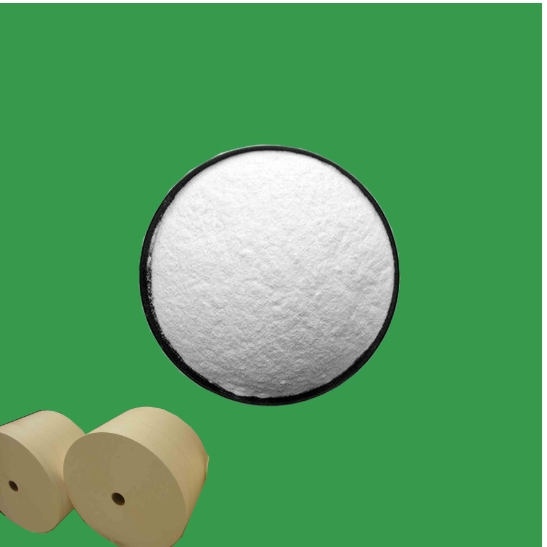
7 月 . 27, 2024 19:13 Back to list
Establishing a Titanium Dioxide Pigment Manufacturing Facility for High-Quality Production Efficiency
The Rise of TiO2 Pigment Factories A Key Player in the Color Industry
Titanium dioxide (TiO2) is one of the most important white pigments used across various industries, including coatings, plastics, and paper. Its unique properties enhance opacity, brightness, and durability, making it a preferred choice for manufacturers worldwide. As the demand for TiO2 increases, so does the emergence of TiO2 pigment factories, which play a crucial role in supplying this vital material.
The Production Process of TiO2 Pigments
The production of TiO2 pigments primarily involves two processes the sulfate process and the chloride process. In the sulfate process, titanium ore, usually ilmenite, is treated with sulfuric acid, resulting in a titanium sulfate solution. This solution is then hydrolyzed to form TiO2, which is subsequently washed, calcined, and surface-treated to enhance its performance characteristics.
On the other hand, the chloride process uses titanium tetrachloride, which is obtained from the chloride of titanium ore. This method is generally more efficient and produces a purer grade of TiO2 with superior properties, making it the preferred choice for high-quality applications. Factories specializing in TiO2 pigments utilize advanced technology and strict quality control measures to ensure that the final product meets global standards.
Economic Significance
The TiO2 pigment industry is a significant contributor to the global economy. With the rise in construction, automotive production, and consumer goods manufacturing, the demand for high-quality pigments has surged. TiO2 pigments are essential for providing the desired aesthetic qualities and performance in products, resulting in their widespread use.
Countries with abundant titanium ore resources, such as Australia, South Africa, and Canada, are increasingly establishing TiO2 pigment factories to bolster their economies. These factories not only create job opportunities but also contribute to the local and national economy by promoting related industries, including transportation, logistics, and chemical processing.
tio2 pigment factory

Environmental Sustainability
As with any industrial production, the TiO2 pigment manufacturing process has environmental implications. Both production methods generate waste products that must be managed responsibly. The sulfate process, in particular, produces large quantities of iron-rich waste, which poses disposal challenges.
In recent years, there has been a significant push towards sustainability in the pigment industry. Many TiO2 factories are investing in cleaner production technologies and waste management systems to minimize their environmental footprint. For example, utilizing by-products from production processes, recycling water, and harnessing renewable energy sources are some of the strategies being adopted to create a more sustainable operation.
Market Trends and Future Outlook
The global TiO2 pigment market is highly competitive, with major players investing in research and development to enhance product performance and expand applications. The trend towards eco-friendly and sustainable products is driving innovation, with manufacturers exploring alternative sources of titanium and developing more efficient production processes.
Furthermore, the increasing demand for high-quality coatings in industries such as automotive and aerospace presents significant growth opportunities for TiO2 pigment factories. As these sectors evolve, there is a corresponding need for advanced pigments that can offer not just color, but also improved performance in terms of durability, weather resistance, and safety.
Conclusion
TiO2 pigment factories are integral to the materials industry, providing essential components that enhance the quality and aesthetics of a wide array of products. As they continue to evolve in response to market demands and environmental challenges, these factories will remain a key player in the quest for sustainable and innovative solutions in the pigment sector. The future looks bright for TiO2, as new technologies and practices pave the way for a more responsible and efficient production landscape.
-
Lithopone for Plastic & TiO2 R-5568/SK-6658 Masterbatch Solutions
NewsMay.30,2025
-
China Leading Rutile TiO2 Manufacturer - R5566 & R996 Grades Available
NewsMay.30,2025
-
High-Purity Anatase & Rutile TiO2 Powder Trusted Manufacturer
NewsMay.30,2025
-
High-Purity Anatase Products Trusted Supplier & Manufacturer
NewsMay.29,2025
-
Best Price Eco-Friendly Rutile TiO2 Supplier & Wholesale Factory
NewsMay.29,2025
-
Chinese Anatase Titanium Dioxide for Ceramic Glaze Reliable Supplier
NewsMay.29,2025
